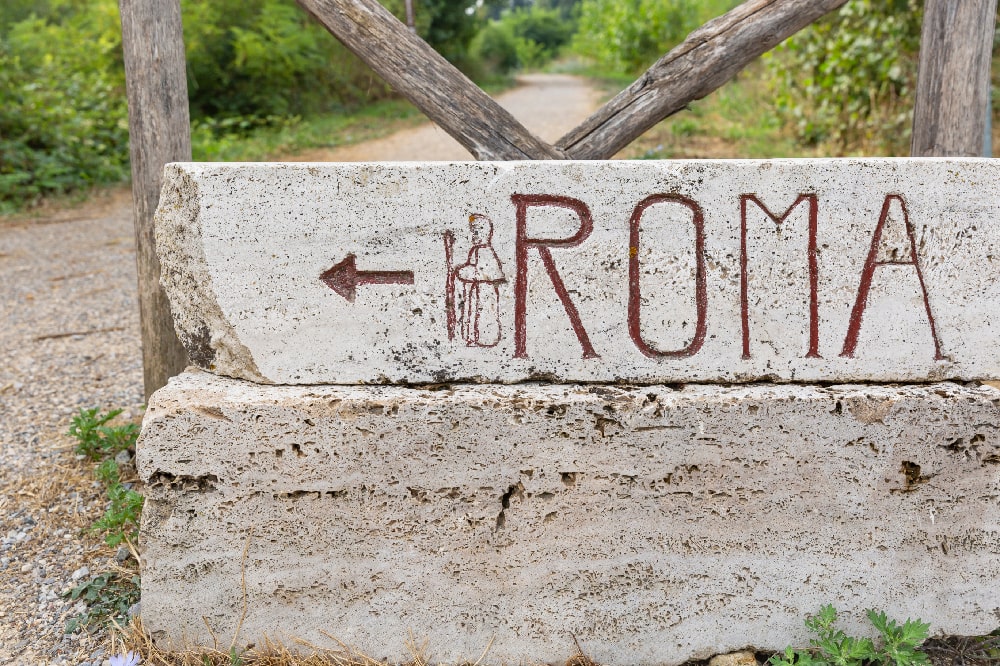Contents
Baptisms, Communions, Marriages: what do these three occasions have in common? We guess that the first thing that for many of you, the first thing that came to mind was: the favours. And it’s perfectly true. On the occasion of all these celebrations, it is traditional to distribute small items to keep to invited relatives and friends, as a thank-you for taking part, and to leave them with a memory of the event, accompanied by confetti. Boxes, frames, and over recent years homemade jams, books, objects of all kinds, depending on tastes, or, for children who are celebrating a Baptism or Communion, the tastes of their parents.
There’s nothing wrong with any of this, except that, in recent years, the true meaning of these ceremonies seems to have been lost, and some favours have to some extent played a role in this progressive oblivion. The reason is simple: more and more often we choose to give guests ‘profane’ favours, which have little or nothing to do with the sacrament that they should commemorate. Baptism, First Communion and Marriage are, indeed, sacraments, and as such they should be remembered with something that emphasizes its religious significance, its spiritual importance.
So the choice is between sacred or profane favours, but how should we move in this colourful and infinitely varied world, made of tulle, ribbons, precious and delicate materials, and, above all, of delicious colourful sweets?
The history of the candy box
The candy box has been a recurring object in the history of the West for centuries. Its origins are rooted in the custom of making small containers full of sweets or ‘gluttons’ for friends and relatives on special occasions, not necessarily marriage, even if it seems that in Italy it was already common in 1400 to exchange boxes filled with sugared almonds the spouses. Even in fifteenth century Italy, a future husband often gave his future bride an amatory cup, which depicted a female face inside, or alternatively the effigy of a pregnant rabbit: drinking together from this cup was a guarantee of good fate, prosperity and fertility.
More generally, these containers were widespread since far more remote times. Its presence is attested to by the Assyrians, the Phoenicians and ancient Chinese civilizations. Often they were made of precious materials, like gold, silver, mother of pearl and ivory, and were offered as a sign of gratitude, good wishes, for example for the new year, or friendship.
The ladies of high society, at the court of Elizabeth I of England, had these little boxes (the “Sweetmeat boxes”) that were real works of art, filled with small and delicious sweets to savour in every moment.
It was however in the 18th century that wedding favours were officially associated with the sacrament of Matrimony. Also in this context, it assumed the name with which we know it today, a favour, in fact, from “bombonniere”, a container destined to welcome bon-bon.
Regardless of their use, these small containers for sweets grew in popularity and spread over time, and thanks to the work of skilled artisans and goldsmiths, they became increasingly beautiful, precious and coveted. In addition, their use in the nuptial context enhanced the religious and spiritual meaning, which subsequently determined its use also on the occasion of other important sacraments, such as the Baptism and the Communion.
Therefore the very history of the wedding favours sees sacred and profane motivations intertwine, but it is undoubted that the diffusion of these objects on the occasion of the ceremonies and celebrations is to be found precisely in their being symbols of religiosity.
The confetti
Only some curiosity about the confetti, which are traditionally contained in wedding favours, regardless of their shape, usually in bags of tulle or fabric. The confetti must be in odd quantities, and usually five, to symbolize health, wealth, happiness, fertility, longevity. Even the composition of the candy, or an almond covered with coloured sugar, is not accidental: the almond has a sweet taste, but with a bitter background, as is often the life, while the sugar that covers it symbolizes the will by those who love the celebrated or the celebrated to sweeten their existence and make it lighter.
The colour of the confetti changes according to the ceremony, even if for the sacraments usually white is preferred, with a pink or blue concession for the Baptism of little girls and children.
Sacred favours for Baptism
Baptism is the first big party in the life of a Christian. It determines its entry into the Church, through the purification from the original Sin. The following sacraments will in many ways be a confirmation of this participation in religious life. It is therefore important that the ceremony of baptism be accompanied by a party that solemnly highlights this fundamental passage.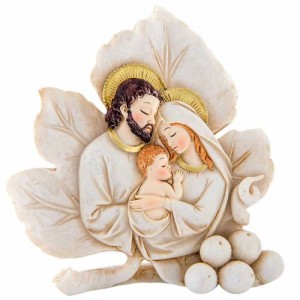
Often the celebrated is too small to fully appreciate it, but those who will be invited to participate in this so precious event will have to cherish a memory that recalls its profound significance. Even more than on other occasions, therefore, the choice of sacred favours for Baptism it is desirable.
This does not mean giving up colourful and beautiful objects, far from it! The religious favours made for the baptism of children take into account the age of the celebrated and the occasion that is going to celebrate. There are many types and colours; cross-shaped party favours, but also of an angel, of heart or favours in the shape of a vine leaf. They are decorated with drawings and engravings often made with a childish and playful stroke, painted in bright colours. If they represent the Holy Family, they will do it with colourful children and the features of children. Beautiful sculptures that represent a large hand that collects and protects a child inside, like a casket that contains a precious jewel.
Sacred favours for the Communion
Also the First Communion represents a fundamental passage in the life of a young faithful, because it represents the first time in which he or she approaches the Eucharist. It is still, usually, children and girls, but no longer unaware, like the baptized. Indeed, those who are preparing to receive First Communion do so after a long journey of Catechesis, which has educated them on the story of Jesus and made them aware of the importance of the sacrament who are preparing to receive.
Also in this case the sacred favours for the Communion they will favour childish, colourful and graceful images, even if with a more mature and conscious symbolism. I widespread squares with the image of the spike or bread, symbols of the Body of Christ that nourishes, or of the vine leaf, of the bunch of grapes and of the Wine that symbolize the blood of Christ that quenches thirst. Also for the Communion recur the forms of the dove, of the angel, of the hands that protect or that, arrived in prayer, remind to the celebrated its new duties of Cristiano.
Sacred wedding favours for the wedding
The choice of sacred favours for the wedding It is considered fundamental by many future brides. Also in this case it will be important to consider not only personal tastes, but also the true meaning of the step that is about to take place. Marriage more than any other sacrament had its consecration in favours, since it is precisely in the context of this celebration that the tradition of wedding favours was born.
So even in this case the choice of religious favours is varied and not attentive to fashion, trends, as it should be. Choosing sacred favours does not mean necessarily having to give up a trendy wedding and that also satisfies the desire for beauty. There are splendid religious favours made of crystal and silver, adorned with amber and Swarovski crystals that can rival peacefully with many furnishing accessories and with objects present in the most refined wedding lists. It is important for young married couples to realize this fundamental point, because too often, despite choosing marriage in the Church, in organizing the ceremony and the reception, one tends to forget the spiritual component of this passage, its most authentic and deepest meaning.

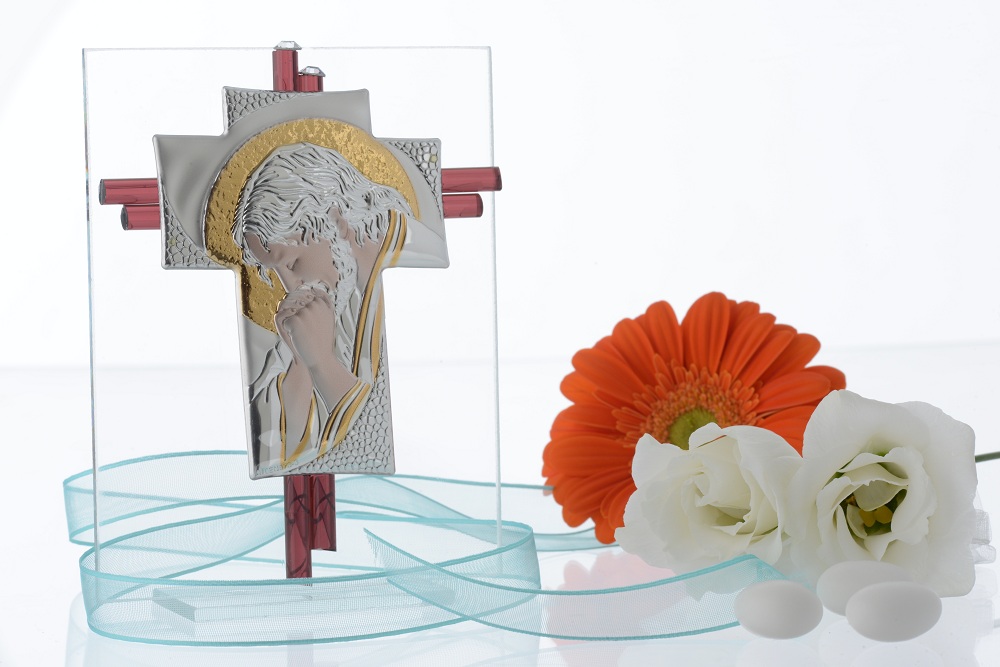
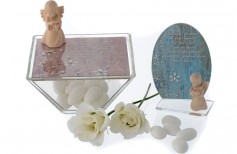
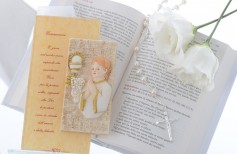
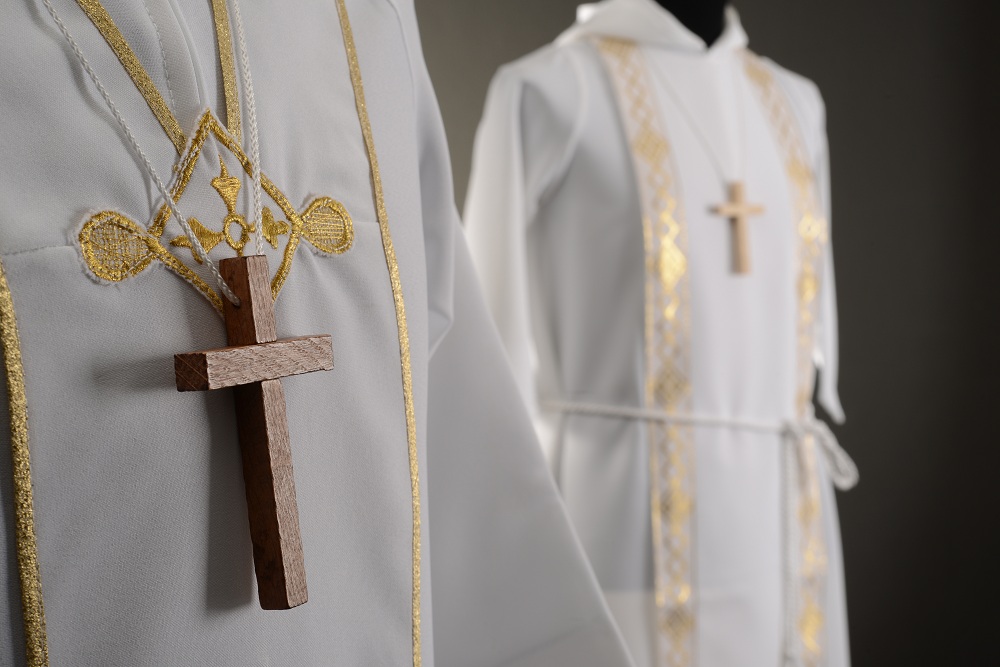





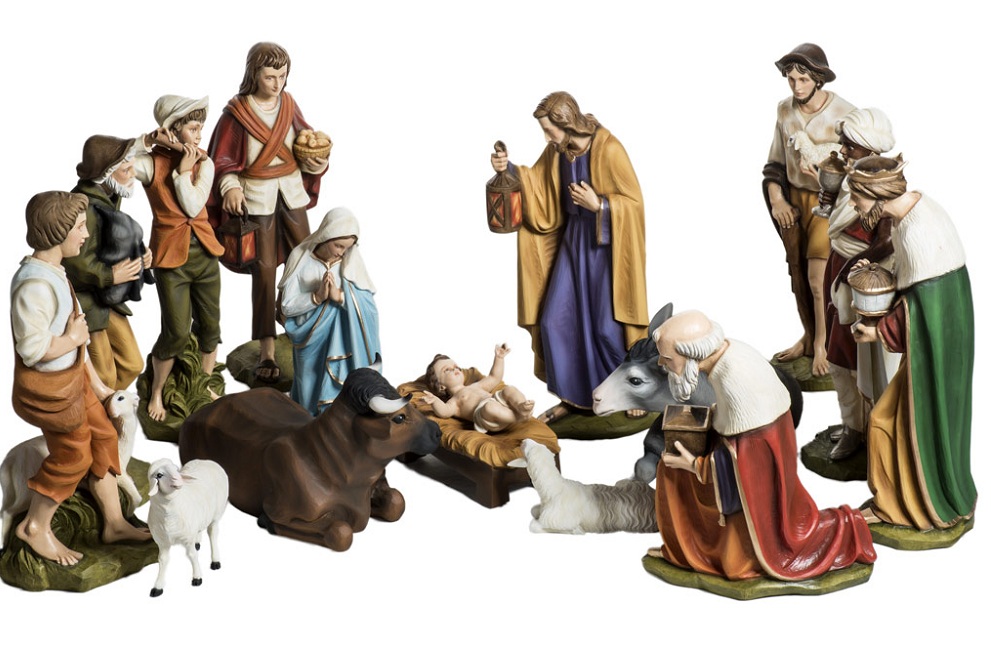






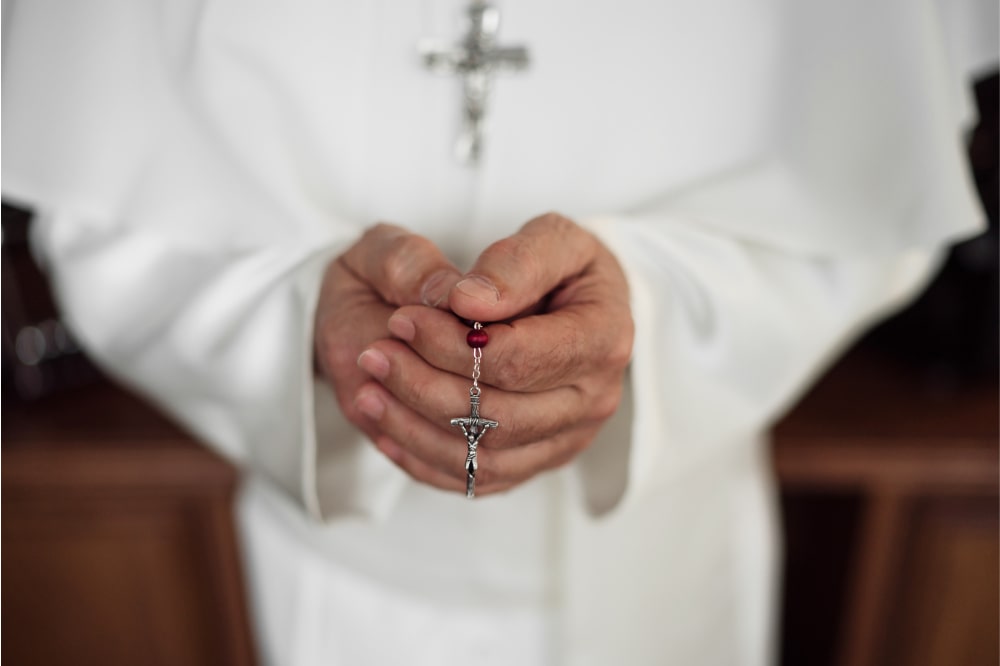
 5 June 2024
5 June 2024
